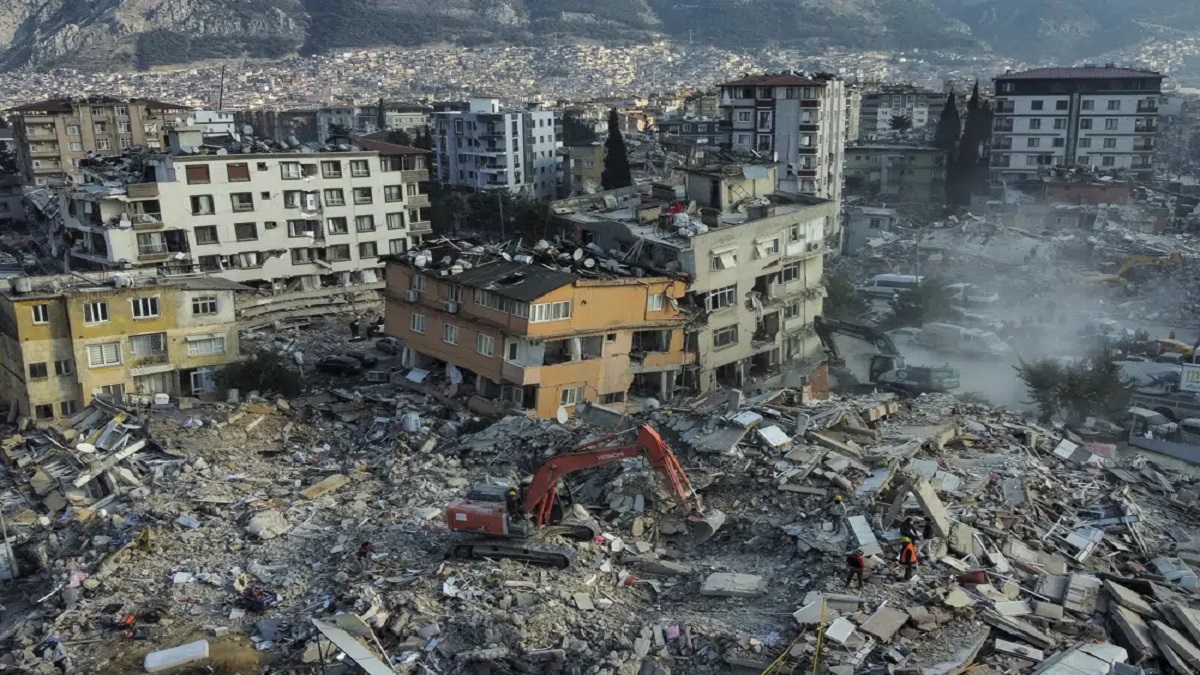
Novel approach for modeling spread of infectious diseases
The novel coronavirus came into existence in December 2019 and by March 2020, it had affected almost all the countries around the world resulting in the shutdown of borders and cessation of national economies. The impact of the SARS-CoV-2 virus on the world has ignited an interest in the minds of scientists and experts regarding the spread of infectious diseases around the world in the past, present, and the future. Current methods to study the spread of infectious diseases among the population are mathematical models that are theoretically based on infectious disease dynamics.
With the advent of artificial intelligence, the network dynamics model has increasingly become a modern infectious disease model research tool. The most popular models of network dynamics include the ordinary model of differential equations, the discrete model of differential equations, the model of impulsive differential equations, and the time delay differential equation model. Finite equation theory, matrix theory, bifurcation theory, the theory of the K-order monotone scheme, central manifold theory, Lasalle invariant theory, etc are the main approaches. These methods of study, however, are all theoretical studies on infectious diseases, so they are difficult to apply to practical issues.
In the light of the current pandemic, researchers M. Shayak of the Department of Theoretical and Applied Mechanics, Engg Mechanical and Aerospace, Cornell University, New York State, and Mohit Sharma of the Department of Population Health Sciences, Weill Cornell Medicine, New York State, USA, delved into the dynamics of infectious disease spread. Their research is called, “A New Approach to the Complex Simulation of an Infectious Disease,” was published in advance. The pair claims that mathematical modeling remains the only scientific instrument that enables us to forecast the trajectories of the disease beforehand and take prevention interventions accordingly. There are four methods for such modeling, according to the researchers. They include:
- This research used this model – the lumped parameter or compartmental model used over a century ago to model the spread dynamics of plague.
- The agent-based model, used by the London School of Hygiene and Tropical Medicine, Imperial College, and Los Alamos National Laboratory, considers individuals in a population as “lattice sites on a network.”
- The model of the stochastic differential equation incorporates the characteristics of each of the approaches above. The model for Cornell University and the model for Jadavpur University are examples.
- Data-driven model: Takes current COVID-19 spread data over the past week or month and uses machine learning to produce a spread prediction or forecast.










